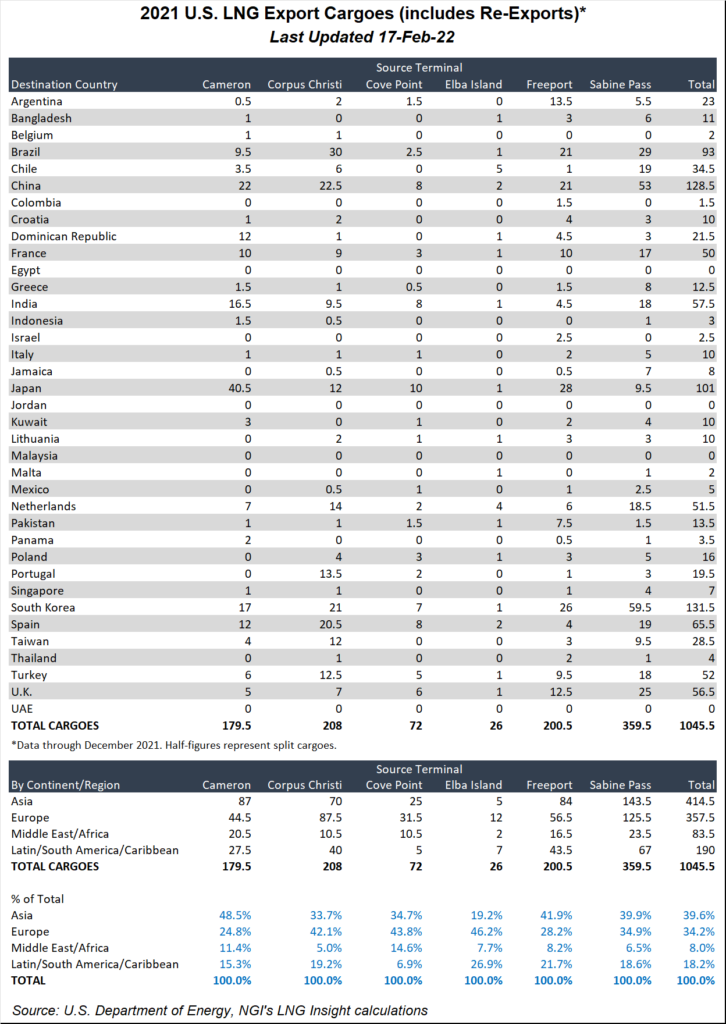Energy Transition | LNG | LNG Insight | NGI All News Access | NGI The Weekly Gas Market Report
EQT’s Chief Wants U.S. LNG Unleashed for ‘Largest Green Initiative on Planet’
© 2024 Natural Gas Intelligence. All rights reserved.
ISSN © 1532-1231 | ISSN © 2577-9877 | ISSN © 1532-1266 |



